Author Archives: Kenny Johnson
Author Archives: Kenny Johnson
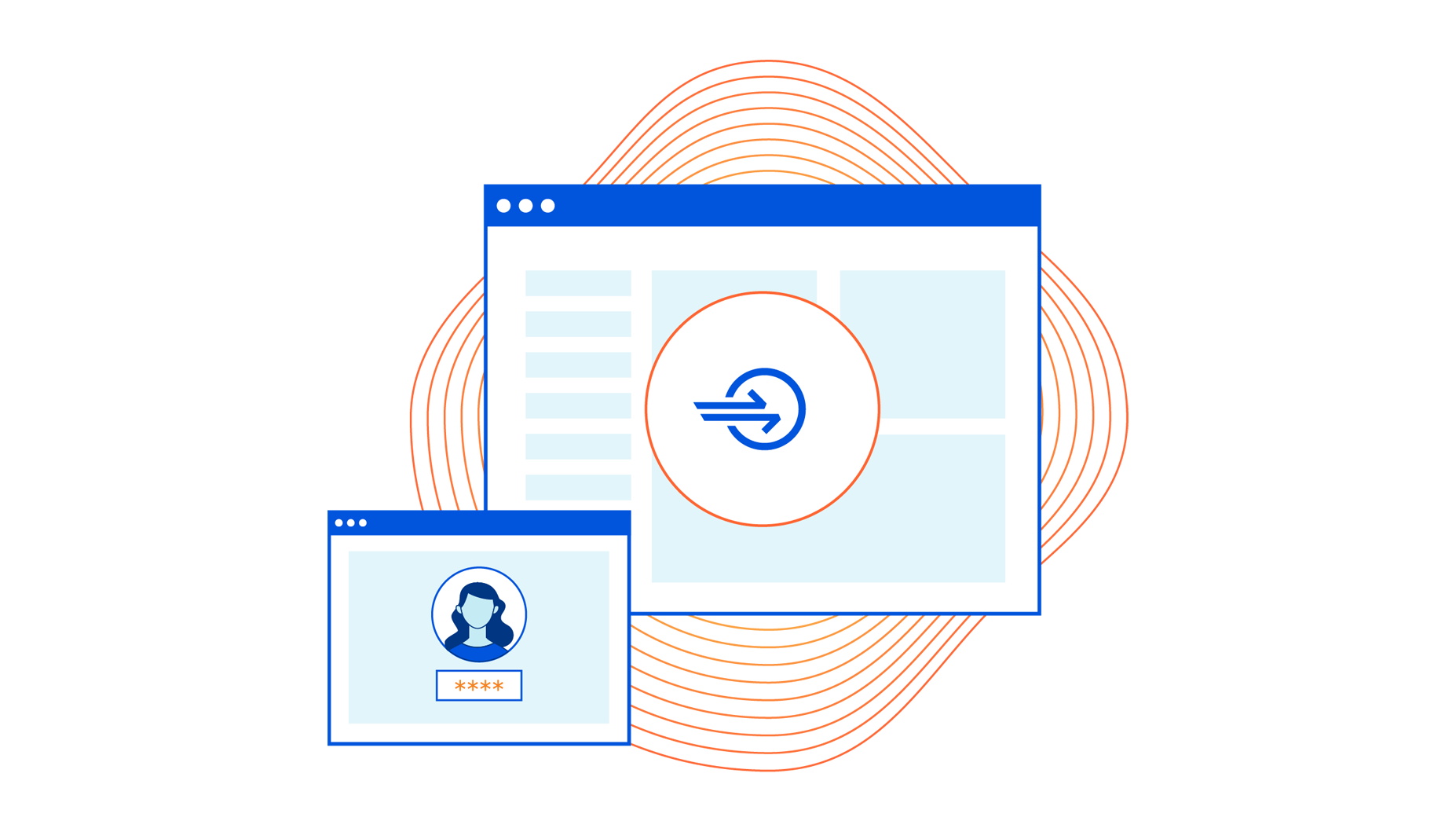
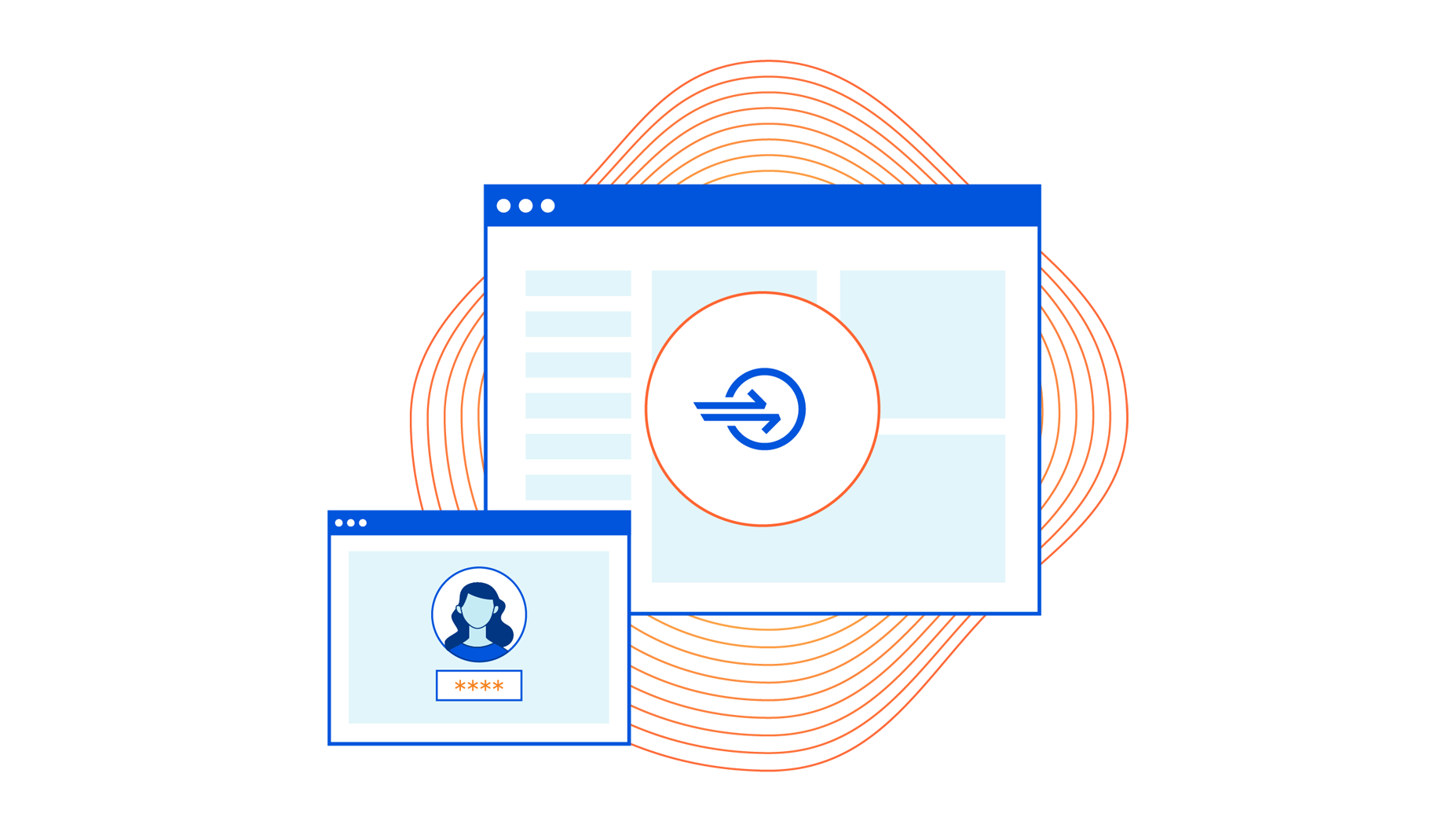
Most teams start that journey by moving the applications that lived on their private networks into this Zero Trust model. Instead of a private network where any user on the network is assumed to be trusted, the applications that use Cloudflare Access now check every attempt against the rules you create. For your end users, this makes these applications just feel like regular SaaS apps, while your security teams have full control and logs.
However, we kept hearing from teams that wanted to use their Access control plane to apply consistent security controls to their SaaS apps, and consolidate logs from self-hosted and SaaS in one place.
We’re excited to give your team the tools to solve that challenge. With Access in front of your SaaS applications, you can build Zero Trust rules that determine who can reach your SaaS applications in the same place where your rules for self-hosted applications and network access live. To make that easier, we are launching guided integrations with the Amazon Web Services (AWS) management console, Zendesk, and Salesforce. In just a few minutes, your team can apply a Zero Trust layer over every resource you use and ensure your logs Continue reading
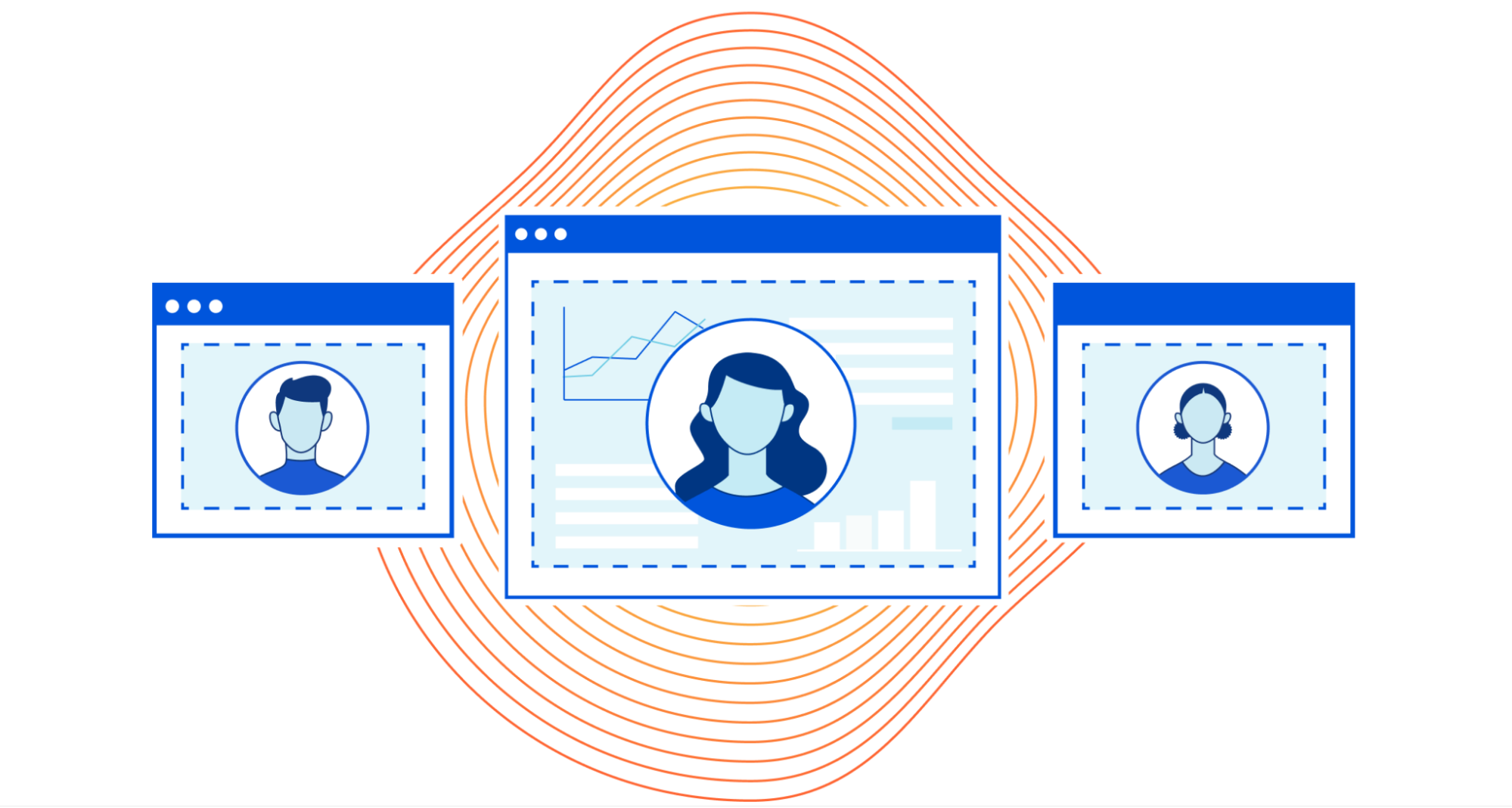
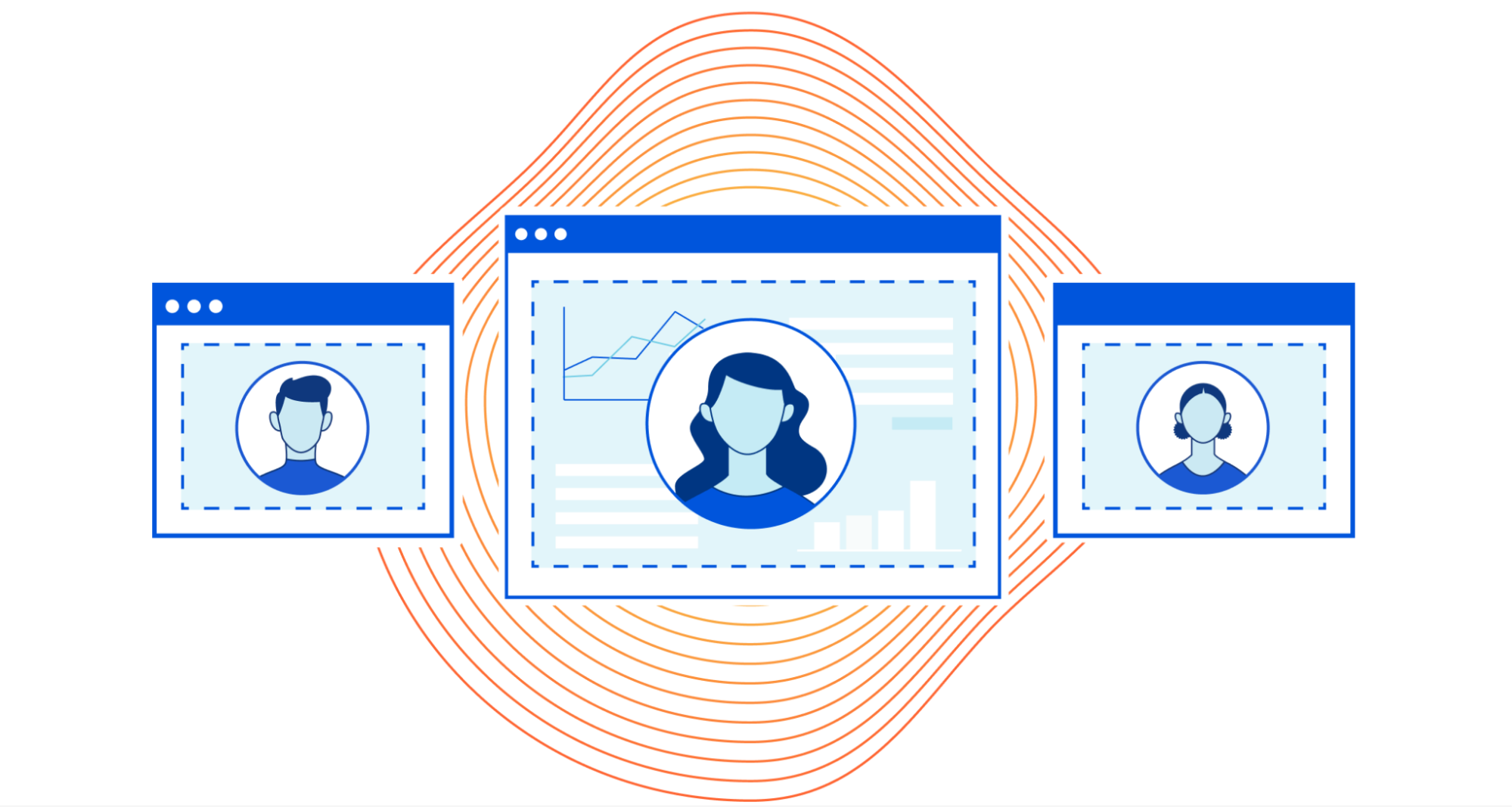
Starting today, we’re excited to share that you can now shift another traditional client-driven use case to a browser. Teams can now provide their users with a Virtual Network Computing (VNC) client fully rendered in the browser with built-in Zero Trust controls.
Like the SSH flow, this allows users to connect from any browser on any device, with no client software needed. The feature runs in every one of our data centers in over 200 cities around the world, bringing the experience closer to your end users. We also built the experience using Cloudflare Workers, to offer nearly instant start times. In the future we will support full auditability of user actions in their VNC and SSH sessions.
VNC is a desktop sharing platform built on top of the Remote Frame Buffer protocol that allows for a GUI on any server. It is built to be platform-independent and provides an easy way for administrators to make interfaces available to users that are less comfortable with a command-line to work with a remote machine. Or to complete work better suited for a visual interface.
In my case, the most frequent reason I use VNC is Continue reading
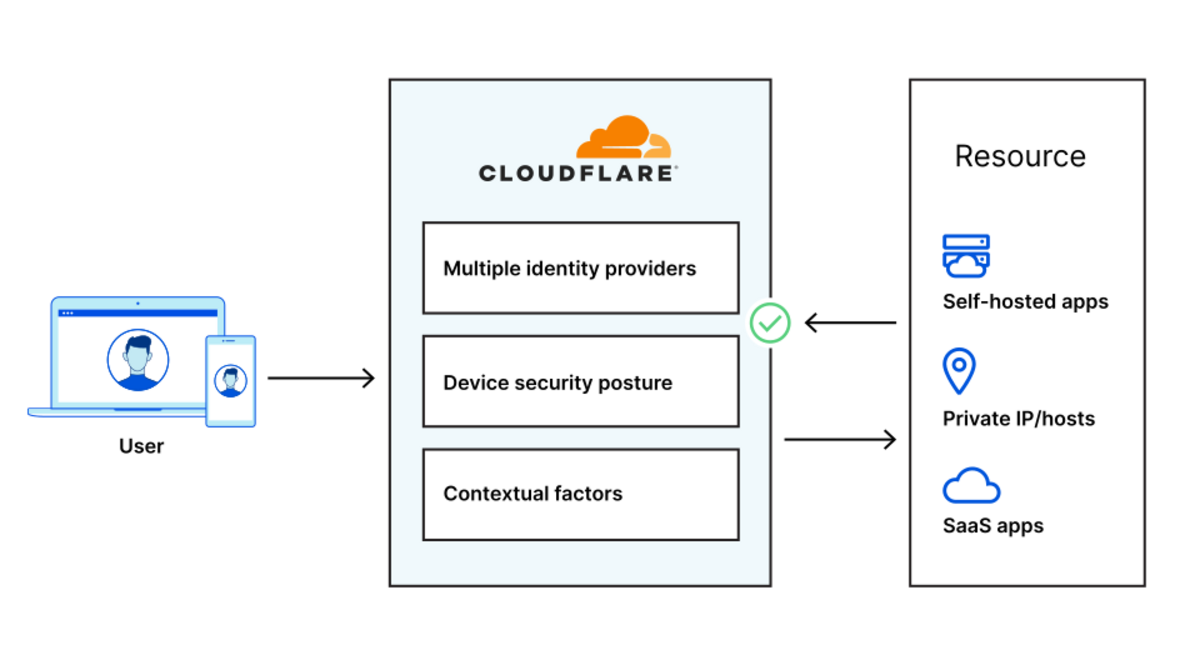
Starting today, you can build identity-aware, Zero Trust network policies using Cloudflare for Teams. You can apply these rules to connections bound for the public Internet or for traffic inside a private network running on Cloudflare. These rules are enforced in Cloudflare’s network of data centers in over 200 cities around the world, giving your team comprehensive network filtering and logging, wherever your users work, without slowing them down.
Last week, my teammate Pete’s blog post described the release of network-based policies in Cloudflare for Teams. Your team can now keep users safe from threats by limiting the ports and IPs that devices in your fleet can reach. With that release, security teams can now replace even more security appliances with Cloudflare’s network.
We’re excited to help your team replace that hardware, but we also know that those legacy network firewalls were used to keep private data and applications safe in a castle-and-moat model. You can now use Cloudflare for Teams to upgrade to a Zero Trust networking model instead, with a private network running on Cloudflare and rules based on identity, not IP address.
To learn how, keep reading or watch the demo below.
Private Continue reading
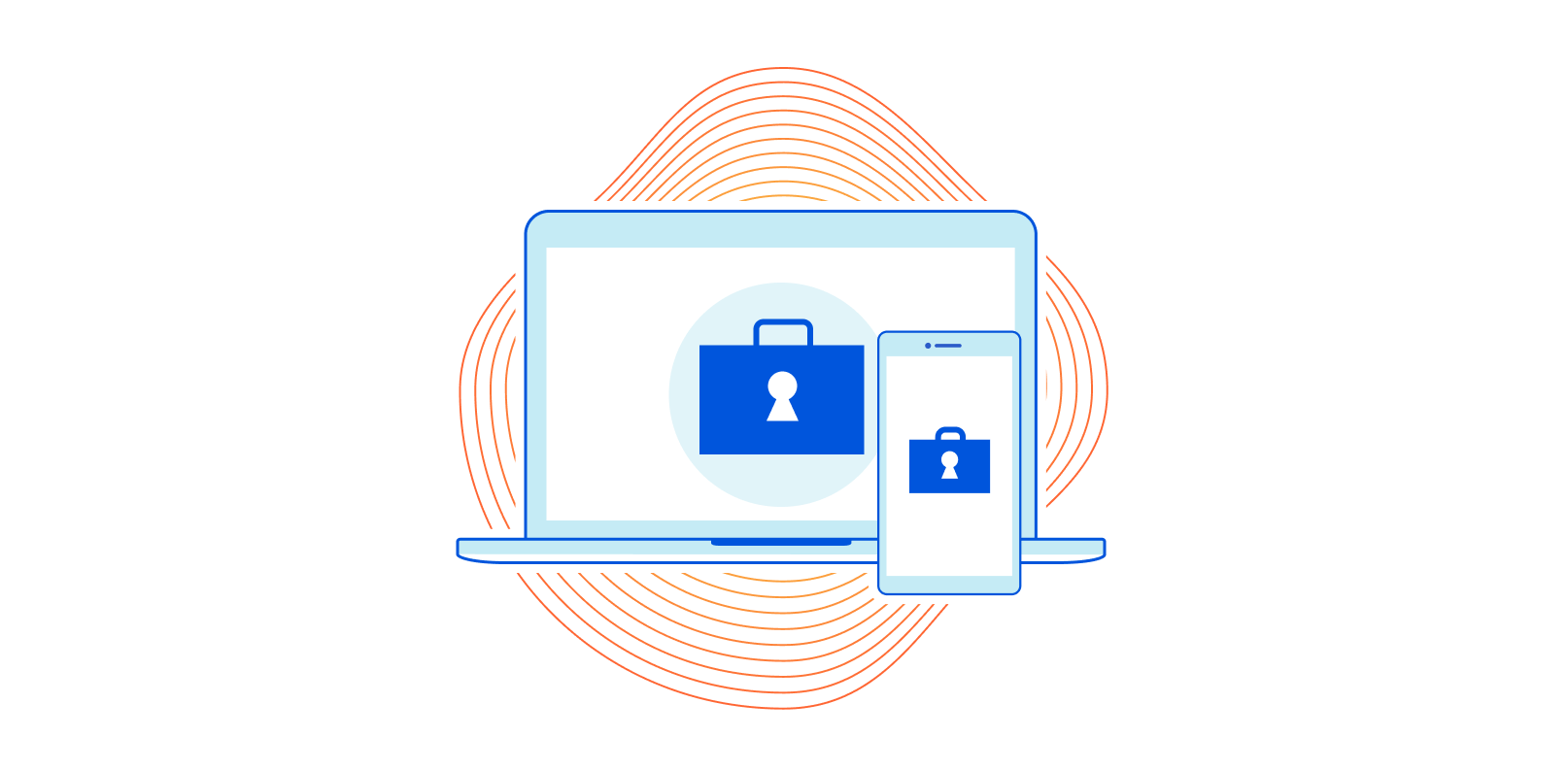
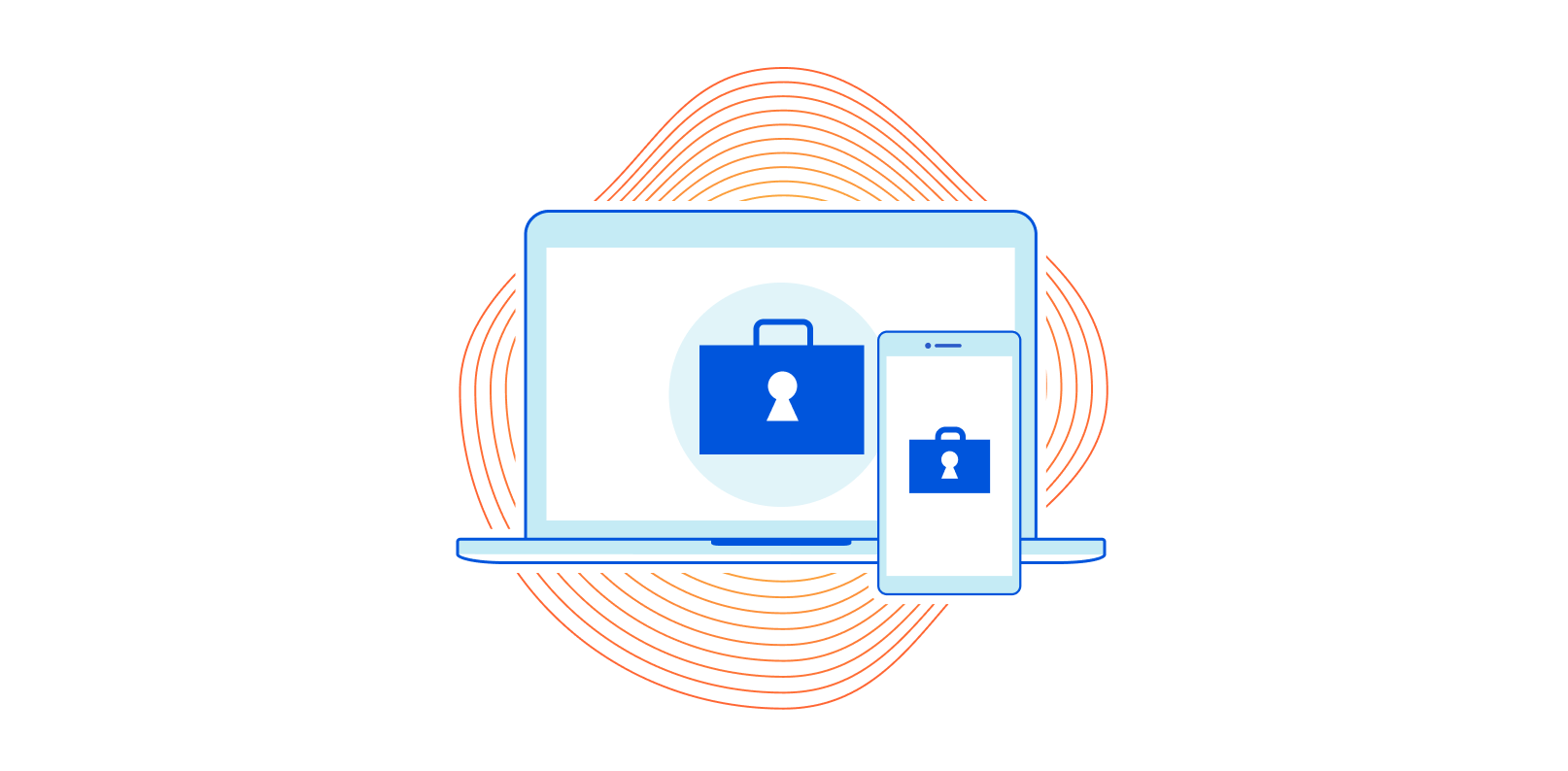
Starting today, your team can use Cloudflare Access to build rules that only allow users to connect to applications from a device that your enterprise manages. You can combine this requirement with any other rule in Cloudflare’s Zero Trust platform, including identity, multifactor method, and geography.
As more organizations adopt a Zero Trust security model with Cloudflare Access, we hear from customers who want to prevent connections from devices they do not own or manage. For some businesses, a fully remote workforce increases the risk of data loss when any user can login to sensitive applications from an unmanaged tablet. Other enterprises need to meet new compliance requirements that restrict work to corporate devices.
We’re excited to help teams of any size apply this security model, even if your organization does not have a device management platform or mobile device manager (MDM) today. Keep reading to learn how Cloudflare Access solves this problem and how you can get started.
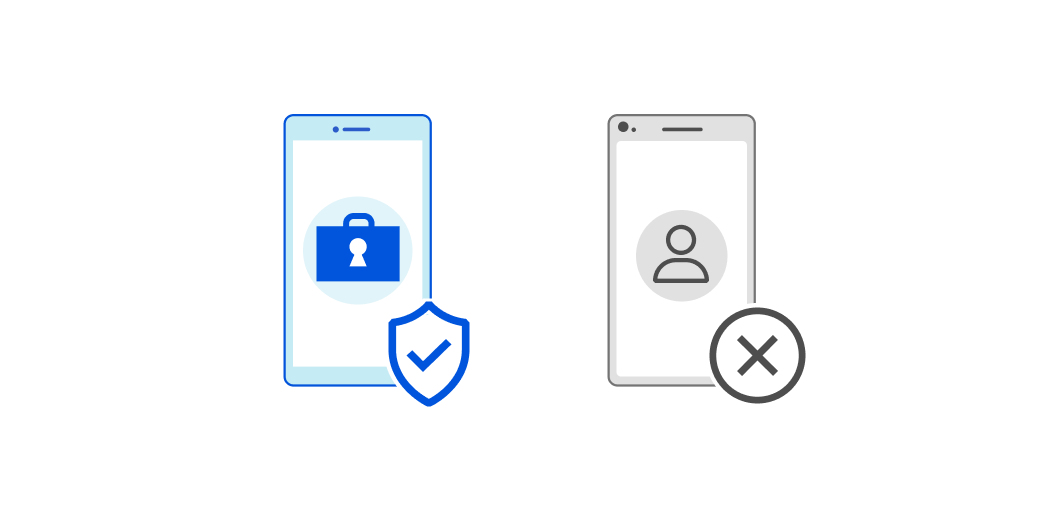
An enterprise that owns corporate devices has some level of control over them. Administrators can assign, revoke, inspect and manage devices in their inventory. Whether teams rely on management platforms or a simple spreadsheet, businesses can Continue reading
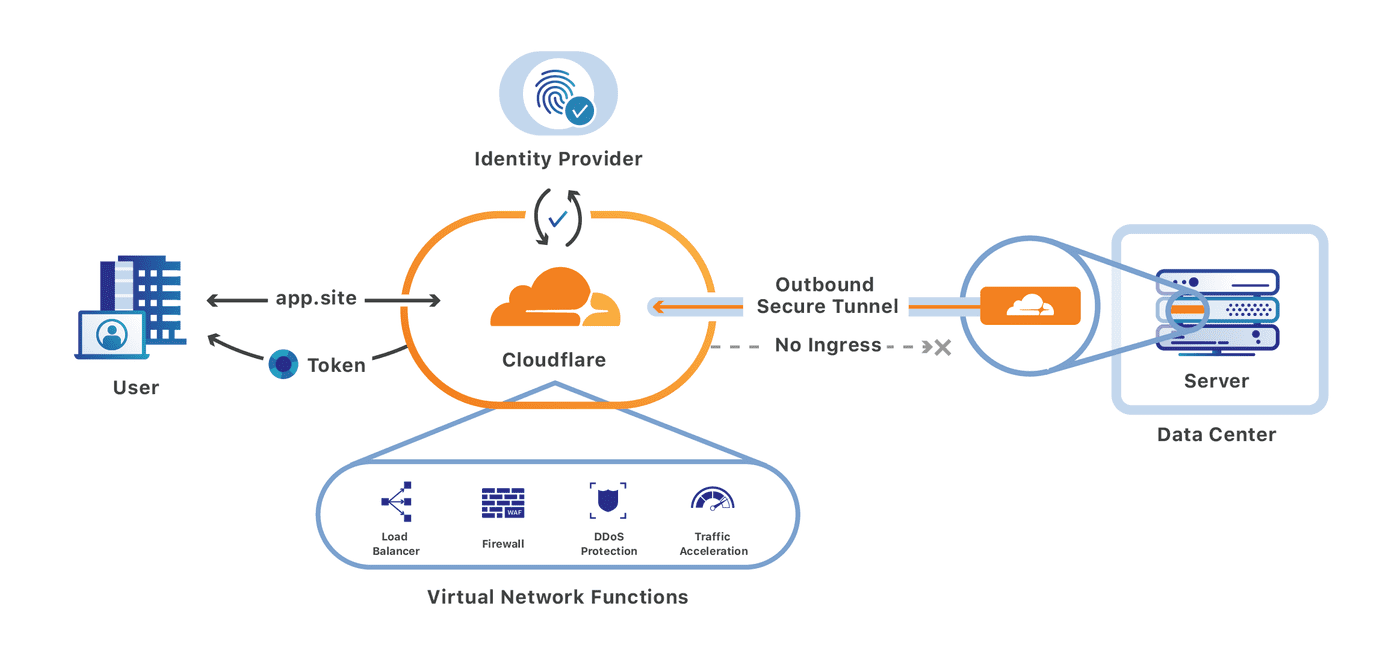
We’re excited to announce that you can now set up your Access policies to require that all user traffic to your application is filtered by Cloudflare Gateway. This ensures that all of the traffic to your self-hosted and SaaS applications is secured and centrally logged. You can also use this integration to build rules that determine which users can connect to certain parts of your SaaS applications, even if the application does not support those rules on its own.
We built Cloudflare Access as an internal project to replace our own VPN. Unlike a traditional private network, Access follows a Zero Trust model. Cloudflare’s edge checks every request to protected resources for identity and other signals like device posture (i.e., information about a user’s machine, like Operating system version, if antivirus is running, etc.).
By deploying Cloudflare Access, our security and IT teams could build granular rules for each application and log every request and event. Cloudflare’s network accelerated how users connected. We launched Access as a product for our customers in 2018 to share those improvements with teams of any size.
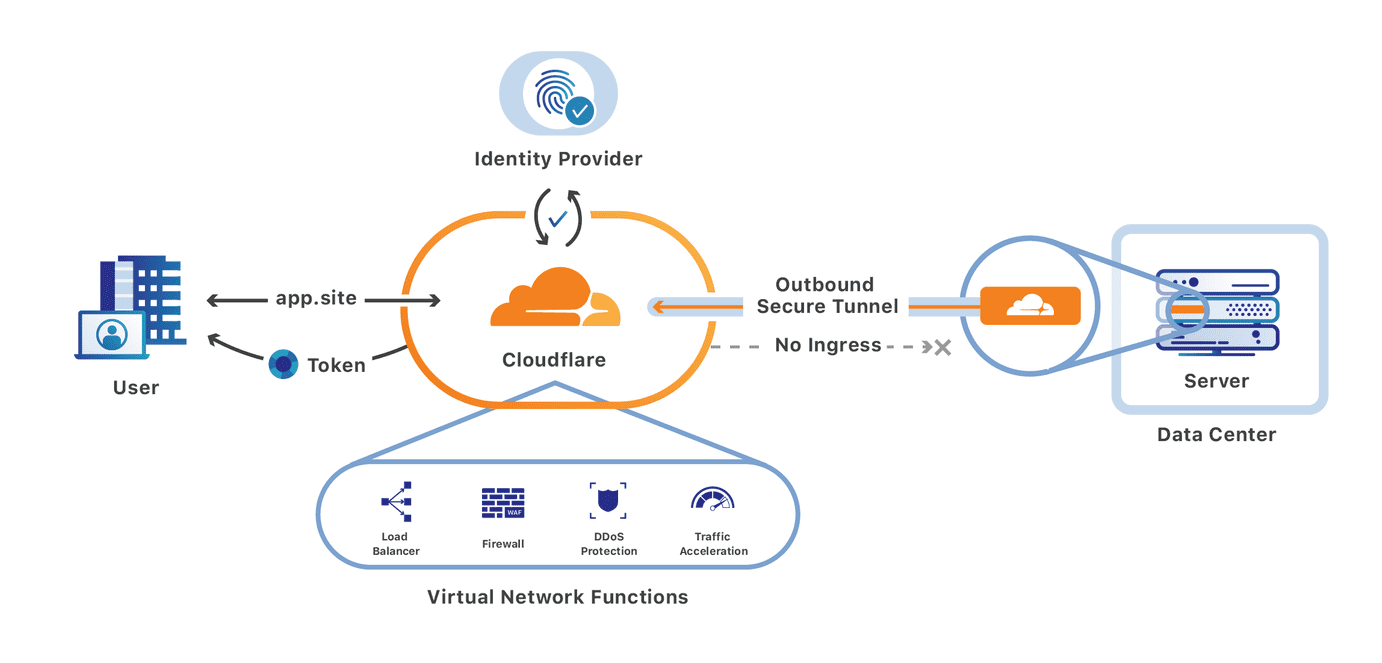
Over the last two years, we Continue reading